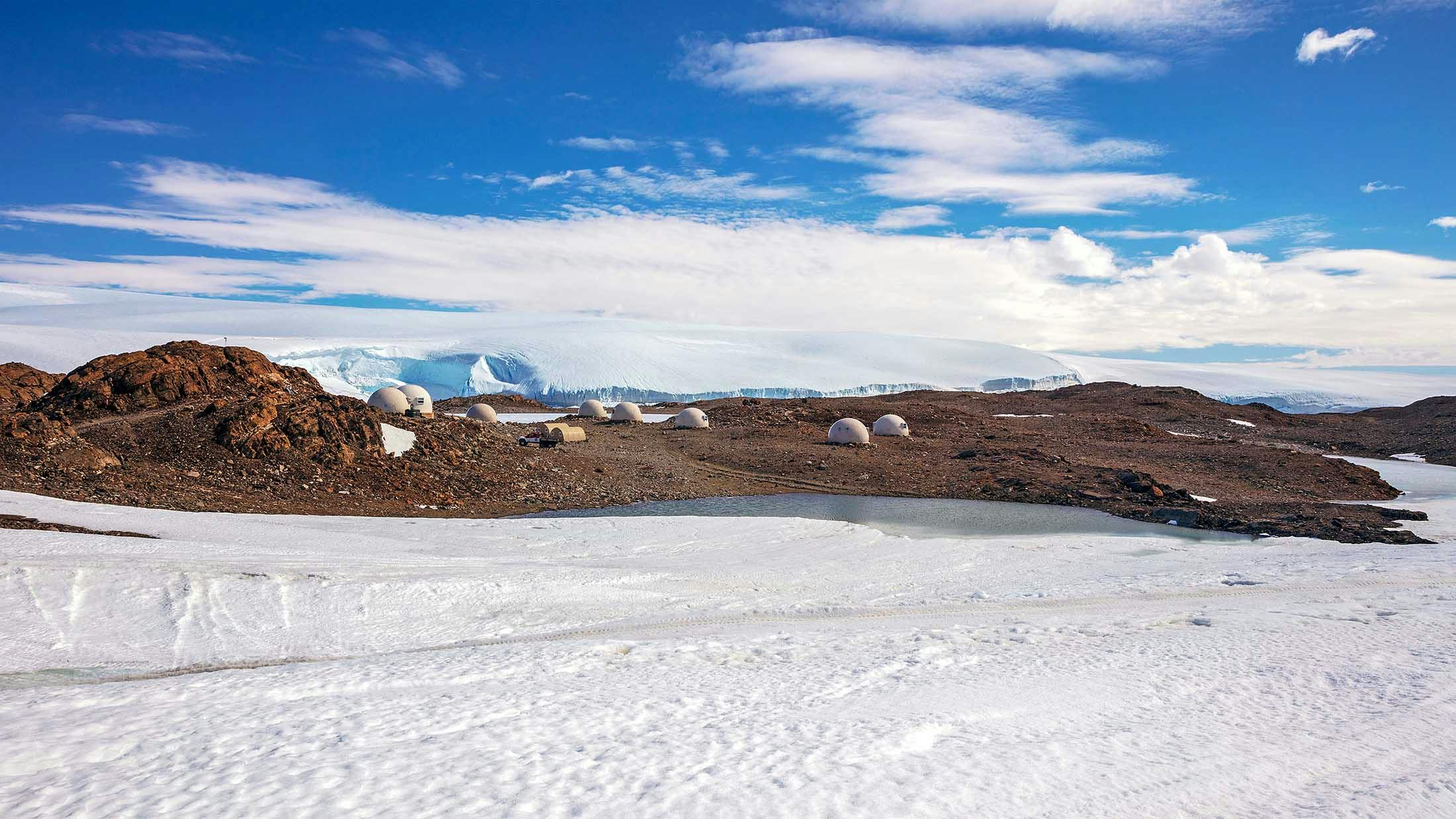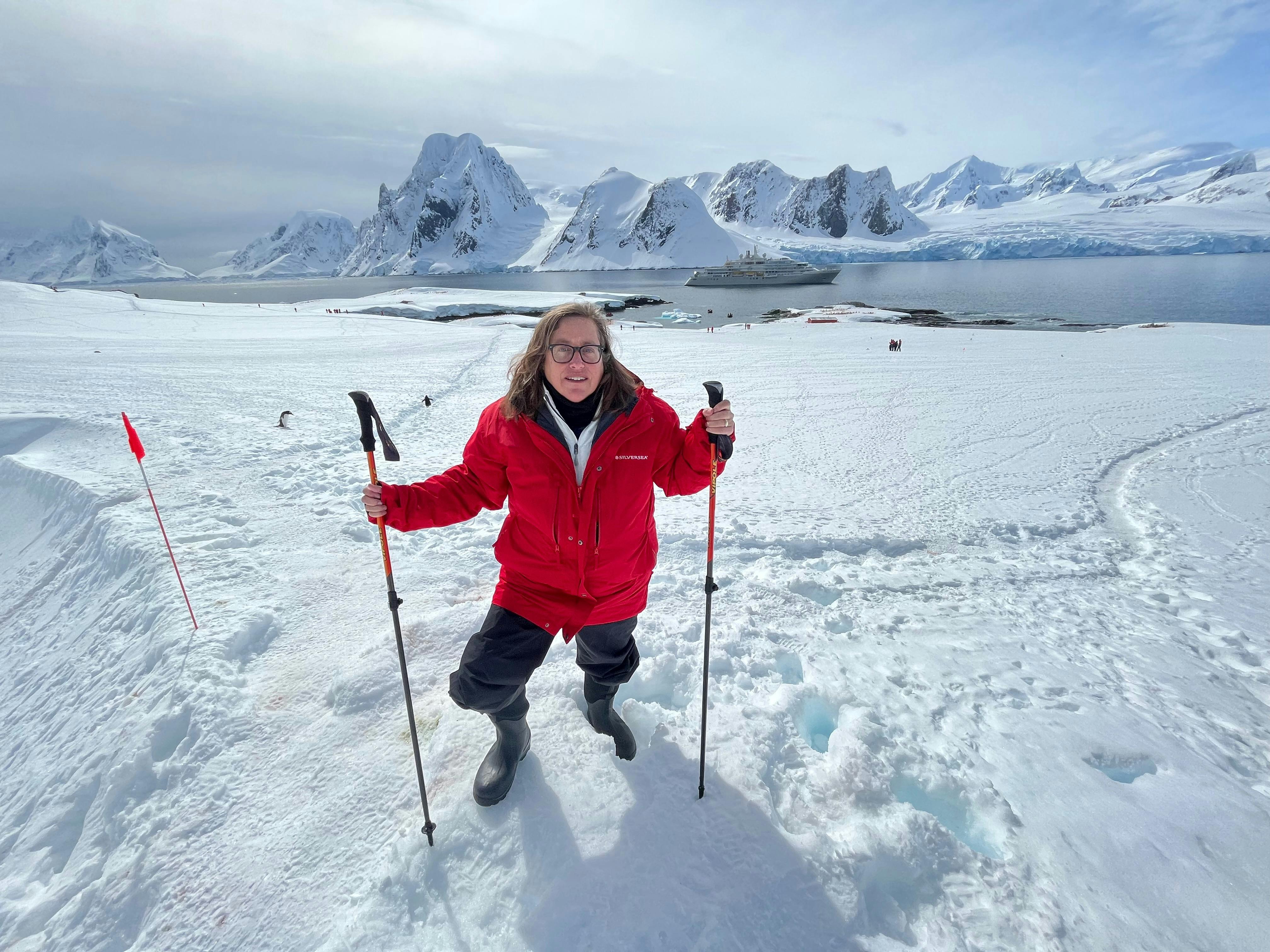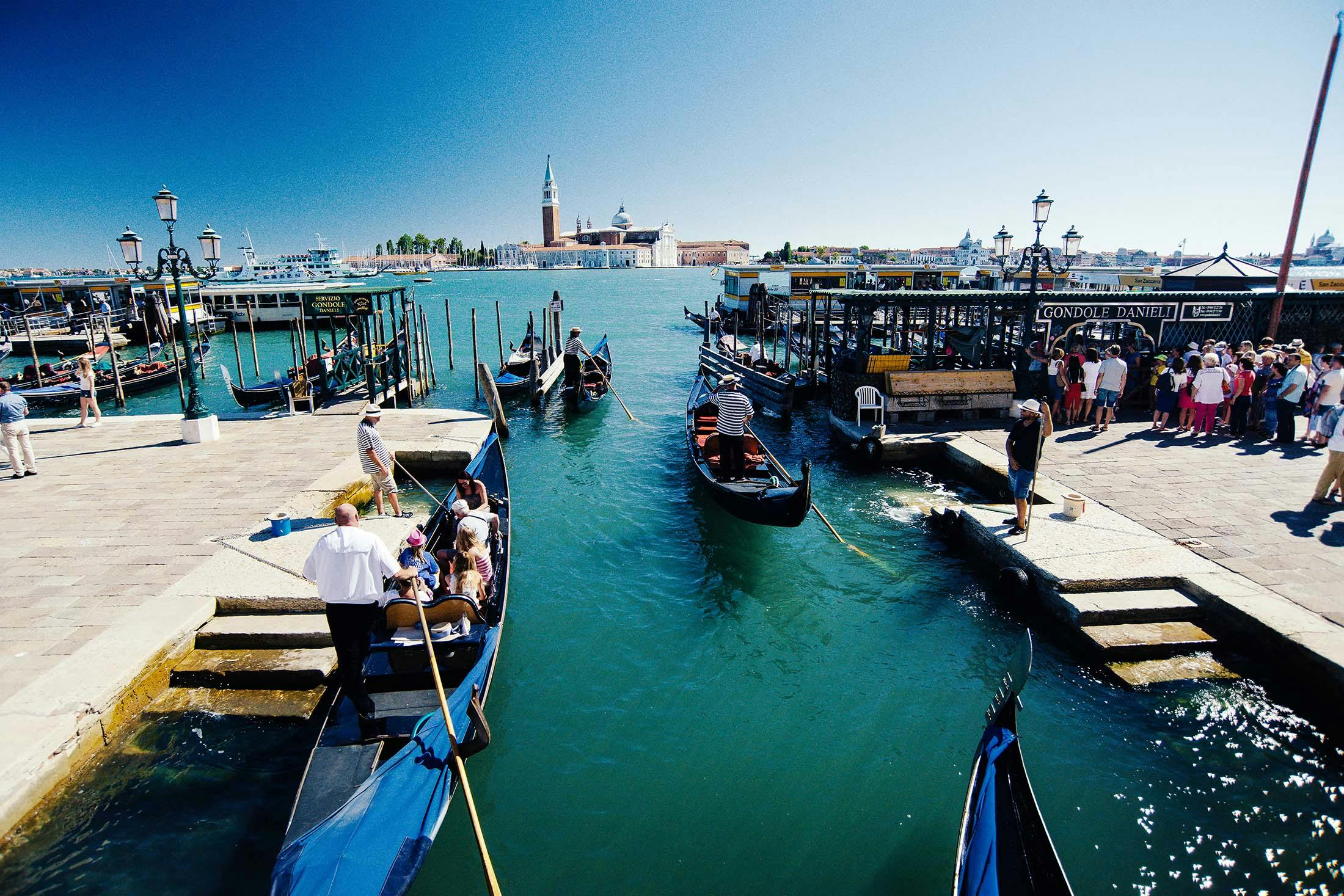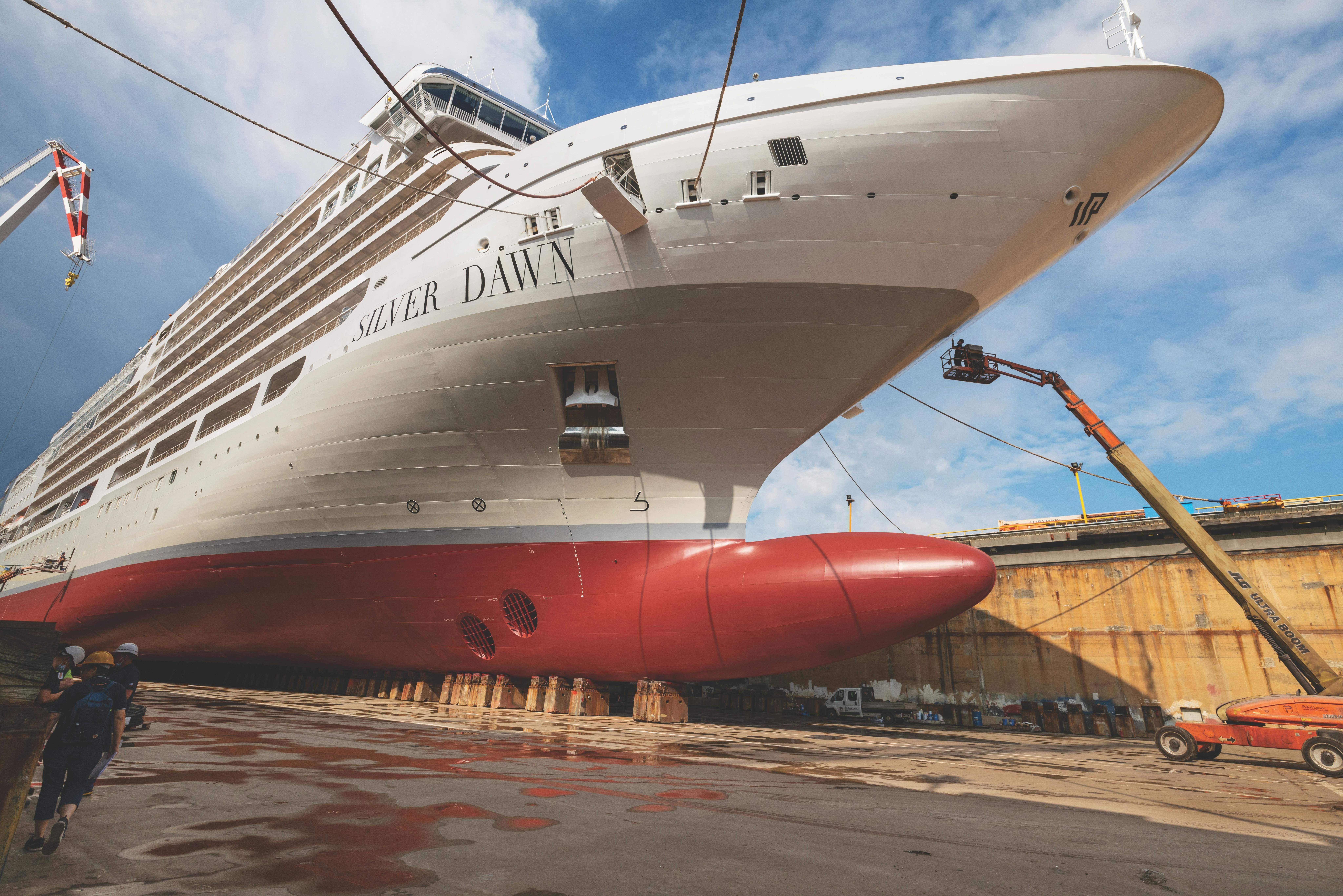What Is Slow Travel? Exploring the Benefits of Slowing Down
Transformative travel experiences that enrich our lives and truly alter our perspectives are more elusive than ever. In our fast-paced world, which glorifies bucket lists and instant gratification, travelers often forget to pause and live in the moment. Yet there exists a real desire for meaningful journeys that offer more than fleeting, Instagram-friendly photo opportunities. Let’s explore how the art of slow travel offers a means to really engage with a destination and explore deeper.
What is slow travel?
The origins of the slow travel movement can be traced back to a favorite destination among travelers — Italy. It began as a spin-off of the slow food movement that was inadvertently launched in 1986 by food writer and activist Carlo Petrini. When the first McDonald’s opened in one of Rome’s iconic piazza’s in 1986, he protested in favor of local producers. His goal was to cultivate awareness for our food’s sources, promote cooking with care, champion craft over fast food and advocate eating locally.
In the early 2000s, this sentiment of conscious consumption naturally spilled over into other industries, including tourism. The slow travel movement suddenly questioned our motives for traveling and discouraged dashing from one top tourist site to another. Instead, it favored going deeper by exploring the cultural aspects of a place through specific themes.
Over time, the core definition of the slow travel mindset morphed to mean different things to the various communities of slow travelers. “One of the defining elements of slow travel is the opportunity to become part of local life and to connect to a place and its people,” says advocacy site Slow Movement, an umbrella community for various slow resources.
How to embrace slow travel
Following this guideline, it might seem that slow travel’s definition supports only those with boundless time. Some slow travel advocates insist that the mindset requires one to move slowly through a destination, devoting several weeks to exploration. Others champion actually living in a place for more intense personal experiences. But there’s still plenty of space within this movement for those who can’t spend weeks or months in a single place, but still desire more meaningful travel.
According to Geir Berthelsen, a physicist who founded The World Institute of Slowness think tank, the concept itself pertains to the forgotten dimension of time. “Unlike chronological time, [slowness] is non-linear,” he shares. “It is…time that works for you, extraordinary time.” By decoupling the concept of slow travel from duration, which is chronological, we begin to realize that true slowness is non-linear.
“Slowness, which we at the institute describe as ‘non-linear time,’ is the opposite of normal, chronological time,” Berthelsen continues. “Whereas chronological time frantically pulls us forward into a future that never seems to arrive, slowness enables us to live in the moment and to experience the here and now.”

A matter of pace?
For many, pace is the most critical element of the slow travel experience. Ethan Gelber, a longtime slow traveler and travel editor at Green Matters, believes human beings and our planet are not necessarily built for the relentless urgency that is palpable in modern life. As such, people are finding new ways to counterbalance life’s frantic pace in order to slow down, he says. “[They’re] choosing slow-cooked feasts over fast food, and appreciating naturally aged drinks before quick-fix sodas,” notes Gelber. Besides this revival of thorough food preparation techniques in place of disposable, store-bought cuisine, there’s also a revival of time-intensive crafts like smithery, carpentry and weaving. There are even slow travel tours that prefer to linger in places rather than rush to include as much as possible. It indicates the cultivation of a new mindset that appreciates a slower way of doing things for the sake of relishing the moment — a mindset that can enrich travel. For what is slow travel without enrichment?
The benefits of slowing down
The concept of slow travel encourages the slackening of pace, so we can become present — psychologically, as well as physically. We should stop to appreciate distinct moments, allowing our senses to tune with the environment, instead of rushing to cross items off a bucket list. We will become more aware of our surroundings and more open to serendipitous experiences.
Most memorable travel experiences are enjoyed when we stop moving so quickly. They occur in the tender moments when we strike up conversations with strangers, the times we wander aimlessly or in those hours we spend with local gastronomists and artisans, watching them craft and create with passion. Slow travel might result in an invitation to a local’s house for dinner, stumbling upon an inconspicuous cultural celebration or discovering a setting of idyllic beauty.
The slow travel outlook accepts that you may never check every single item off your bucket list. More so, it encourages you to embrace that possibility and instead focus on the meaningful experiences that pop up during those in-between spaces.
We can develop the slow travel mindset anywhere, whether in our backyards or on foreign soil. By making a conscious and rational decision to slacken our pace, we can connect deeper with the places we visit because we take time to stop and engage. Perhaps the art of slow travel is a science after all.

Embracing a slow travel mindset? Consider one of Silversea’s expedition itineraries, which delve deeper into more remote destinations.



















